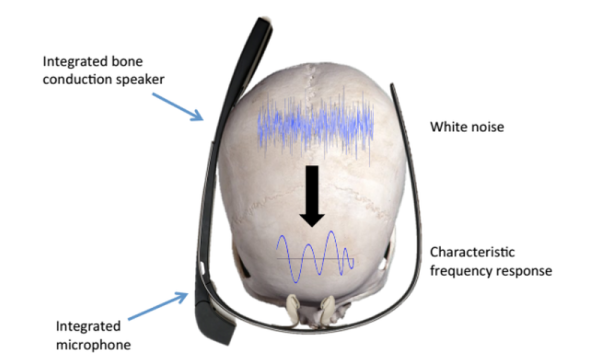Today marks the beginning of the Anything Goes challenge, a 2016 Hackaday Prize contest that will reward 20 finalists with $1000 for solving a technology problem and a chance at winning the entire Hackaday Prize: $150,000 and a residency at the Supplyframe Design Lab in Pasadena.
 The Hackaday Prize is empowering hackers, designers, and engineers to use their time to Build Something that Matters. For the next five weeks what matters is solving a technology problem. Have an idea to power vehicles without polluting the atmosphere? Great! Want to figure out how to get your washing machine to work better? We want to see that too. Anything goes so design it, prototype it, document it and you could be one of the twenty entries headed to the final round.
The Hackaday Prize is empowering hackers, designers, and engineers to use their time to Build Something that Matters. For the next five weeks what matters is solving a technology problem. Have an idea to power vehicles without polluting the atmosphere? Great! Want to figure out how to get your washing machine to work better? We want to see that too. Anything goes so design it, prototype it, document it and you could be one of the twenty entries headed to the final round.
We have already seen a groundswell of progress in the Hackaday Prize. The first round, Design Your Concept, had over five hundred entries! But today is a brand new day, a new challenge, and all bets are off. It’s the perfect clean slate for you to join the movement.
Start your project right now and submit it to the Hackaday Prize. If you have previously started a project page you can add it to the Anything Goes challenge using the “Submit Project To” dropdown menu on the left sidebar of your project page.
and submit it to the Hackaday Prize. If you have previously started a project page you can add it to the Anything Goes challenge using the “Submit Project To” dropdown menu on the left sidebar of your project page.
Talk about your idea, document your plan for seeing it through to completion, and then start writing build logs as you begin to work on the prototype. On May 30th our panel of judges will review all the entries and choose twenty that exhibit the best the Hackaday Prize has to offer.
You have the talent. You can make the time. You will make a difference. The greatest things in the world start small but with passion. This is your moment, now start your journey.








 The seasoned Arduinisti among you probably spotted my fail four paragraphs ago. We all know that
The seasoned Arduinisti among you probably spotted my fail four paragraphs ago. We all know that  Fail of the Week is a Hackaday column which celebrates failure as a learning tool. Help keep the fun rolling by writing about your own failures and
Fail of the Week is a Hackaday column which celebrates failure as a learning tool. Help keep the fun rolling by writing about your own failures and 









